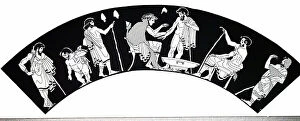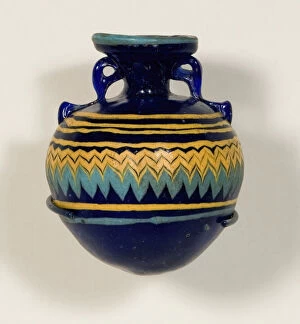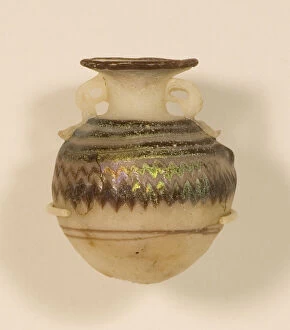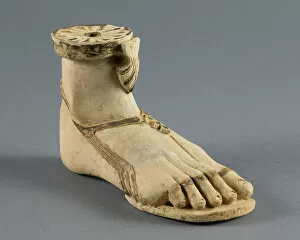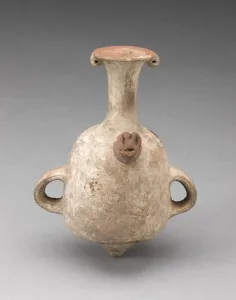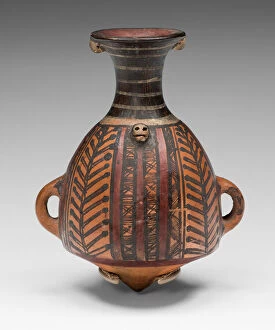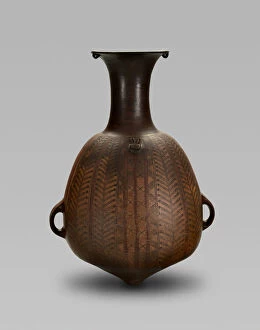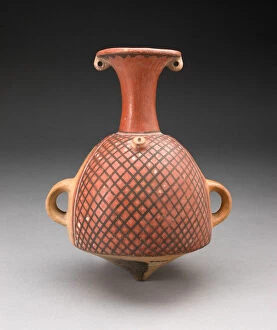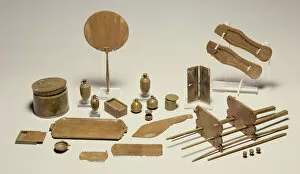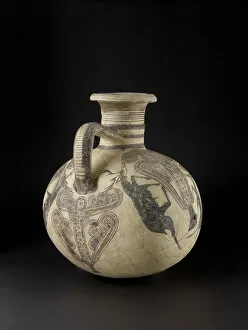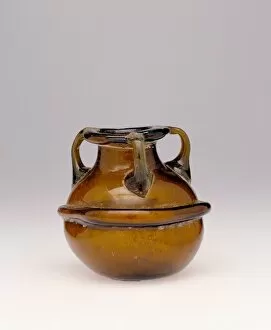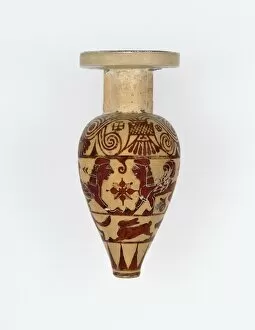Aryballos Collection
The aryballos, a container for oil, has been an essential vessel throughout ancient history
All Professionally Made to Order for Quick Shipping
The aryballos, a container for oil, has been an essential vessel throughout ancient history. With its origins dating back to 625-600 BCE and continuing into the 6th and 5th centuries BCE, this intriguing artifact was created by unknown craftsmen who left their mark on these timeless pieces. One particular aryballos stands out with its unique shape resembling a right foot. Believed to have been crafted in the 7th or 6th century BCE, it showcases the creativity of ancient artisans who transformed functional objects into works of art. Another remarkable example is an aryballos adorned with a modeled and painted face on the neck of the vessel. Created between A. D. 1200 and 1450, this piece demonstrates how artists continued to innovate even centuries after its inception. Miniature versions of they also emerged during different periods. From A. D. 1450 to1532, these small ceremonial vessels were meticulously crafted by unknown individuals who left behind exquisite treasures that provide insight into their culture and practices. Among them is a miniature ceremonial vessel from around A. D. 1450-1532 featuring intricate designs that captivate viewers' attention while offering glimpses into past traditions. Aryballoi from various time periods showcase diverse motifs such as relief depictions of birds and fish or textile patterns adorning spouts modeled as heads. These vessels not only served practical purposes but also acted as canvases for artistic expression. One extraordinary ritual vessel represents a woman carrying another aryballos while nursing her child—an emblematic portrayal symbolizing nurturing qualities passed down through generations. Throughout history, creators remained anonymous; however, their craftsmanship lives on in these magnificent vessels that continue to fascinate scholars and enthusiasts alike today.

